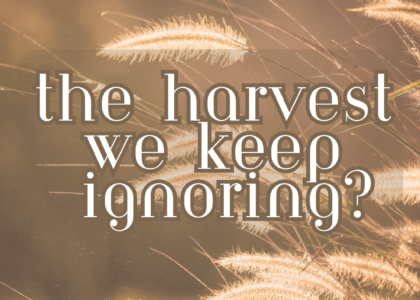When we hear the name Thomas, one word often comes to mind: doubt. He has been labeled throughout history as “Doubting Thomas” because of his hesitation to believe in the resurrection of Jesus without physical proof. But if we reduce Thomas to just his doubt, we miss the richness of his story and the powerful lesson his journey teaches us.
The Honest Skeptic
John 20:24–25 (NKJV) records Thomas’ response when the other disciples told him they had seen the risen Christ: “Unless I see in His hands the print of the nails, and put my finger into the print of the nails, and put my hand into His side, I will not believe.”
This was not casual unbelief but an honest cry for certainty. Thomas wasn’t content with secondhand faith. He wanted a real encounter. Some may see this as weakness, but in reality, it reflects the human struggle we all face: Can I truly trust what I have not seen?
When Jesus Meets Our Doubts
A week later, Jesus appeared again and addressed Thomas directly (John 20:27, NKJV): “Reach your finger here, and look at My hands; and reach your hand here, and put it into My side. Do not be unbelieving, but believing.”
Notice Jesus did not condemn Thomas. He met him at the very point of his doubt. Grace always moves toward the doubter, the skeptic, the struggler.
Our Lord acknowledges human frailty, yet He gently calls us higher: “Do not be unbelieving, but believing.”
The Greatest Confession
In that moment, Thomas’ doubt gave way to one of the strongest confessions of faith in Scripture: “My Lord and my God!” (John 20:28, NKJV)
While others had proclaimed Jesus as Messiah, Thomas was the first to declare Him God in such personal terms. His journey from doubt to declaration is proof that God can transform skepticism into unshakable faith.
Lessons from Thomas
1. Faith and doubt can coexist.
Doubt doesn’t disqualify you; it can become the doorway to deeper faith if you bring it honestly before God.
2. Jesus meets us where we are.
He is not intimidated by our questions but invites us to draw closer.
3. Personal encounter matters.
Like Thomas, we cannot survive on borrowed faith. We need to experience the risen Christ for ourselves.
4. Your past label is not your destiny.
Though history remembers him as “the doubter,” heaven remembers him as a worshipper who cried, “My Lord and my God!”
Beyond the Doubt
Tradition tells us that Thomas later traveled as far as India, courageously preaching the gospel and planting churches. The same disciple once crippled by doubt became a bold missionary who gave his life for Christ. Doubt was never his final chapter—faith was.
A Word for Us Today
We live in a skeptical age where questions about God, truth, and faith abound. The story of Thomas reminds us that doubt, when surrendered to Christ, can be the soil where authentic faith grows. If you find yourself wrestling with unbelief, take heart. The risen Jesus still speaks: “Do not be unbelieving, but believing.”
And like Thomas, we too can move from doubt to devotion, declaring with all our hearts:
“My Lord and my God!”





